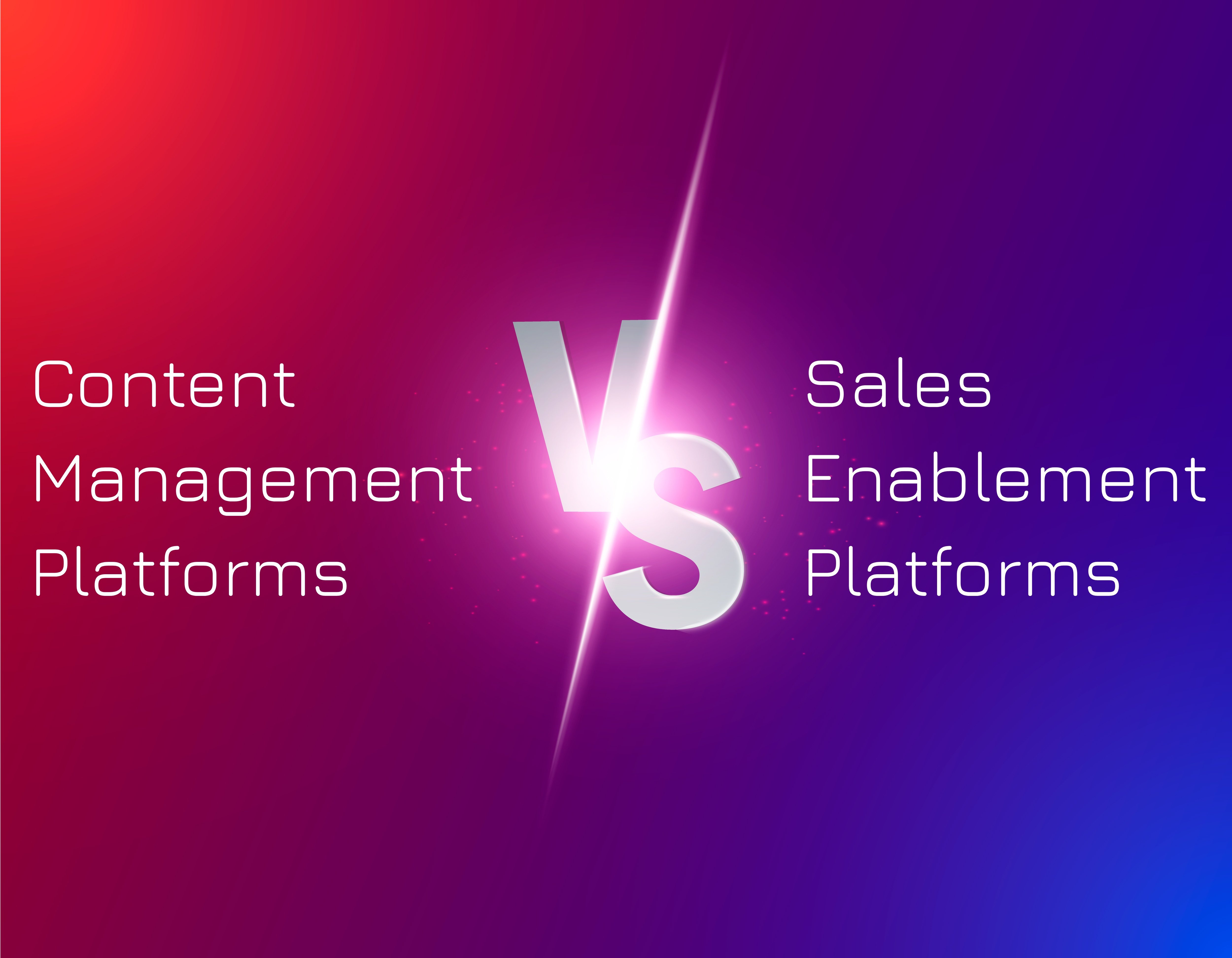Content is king.
Content fuels every part of your customer-facing organization. This is especially true if you think of your business as a flywheel. The idea of a flywheel is pretty simple – flywheels store rotational energy and maintain momentum, and as you apply more force in one area, the flywheel goes faster. In the business world, the energy or force that is applied is happy customers and their word of mouth.

A big part of creating happy customers is providing them the content they need to achieve their goals – and this is content coming from Marketing, Sales, and Service throughout the lifecycle of the customer.
Now, it may seem easy to think of Marketing for attracting, Sales for engaging, and Service for delighting. However, each department can assist in each of the 3 areas of your flywheel. Everyone can best do their job to create and maintain happy customers with the appropriate tools – in this case, content.
If you fall into the camp of “I don’t have the content to attract, engage, and delight customers yet,” that’s your starting point. Getting those pieces created is the first step in getting your flywheel, well… flying!
Once you do have that content, the next step in the process is to get the right content to the right people in your organization at the right time, so they can work to attract, engage, and delight your customers.
Problems with Content Management Systems
A Content Management System (CMS) is a repository to house all of your content. Think of Dropbox, Google Drive, and Box, to name a few. They do a great job of housing content, but that’s about it. A CMS provides no context, is only available online, and can be a nightmare to navigate.
If you do know a certain piece of content exists, you’re forced to search through a complex folder structure to find it. But…
- What if you don’t know what it’s named?
- What if there are multiple versions?
- What if you don’t have internet access to get to it?
- What if you don’t know if it’s external or internal-facing?
- What if you are in a regulated industry, and need to send, or specifically not send, certain pieces in addition to maintain compliance?
- What if you just don’t have (or don’t want to spend) 20 minutes to dig for it?
If you’re not aware if there’s content or not for your situation, you’ll also be digging, only to maybe find something, with the same concerns of relevancy, compliance, or updates.
Once you have download content from your CMS, or send along a link to the customer, you have no insight into whether or not they even opened it, when, or for how long.
So yes, a CMS will hold your content just fine. But is it really enabling your customer-facing teams to attract, engage, and delight your customers, and fuel your flywheel?
Sales Enablement Platforms Win
Sales Enablement platforms deliver content to your team, with context, based on role and their selling situation. The AI in platforms like Bigtincan is intelligent enough to determine “This sales rep sells into X vertical, and this opportunity or prospect is in X selling stage, and X content has been successful in other similar situations.” The system will then surface AI-recommended content to the user, on or offline, and even provide insight into if and how the prospect interacted with the content. These content interactions are also automatically logged to your CRM, increasing your quality and quantity of data to draw conclusions from.
Users can also utilize search functionality, that will find the content they’re looking for, regardless of what it’s named. Bigtincan scans content upon upload so you can find content by searching for terms within a piece of content. The same goes for prospect emails. Bigtincan can recommend content to send to a prospect based on what they ask for in email, through our email integrations.
These powerful features are what truly enabling your teams looks like.
Sales Enablement put most simply is empowering your customer-facing teams with the tools and processes they need to more effectively attract, engage, and delight customers. When it comes to something as important as growing your business and creating happy customers, a CMS just won’t cut it.


